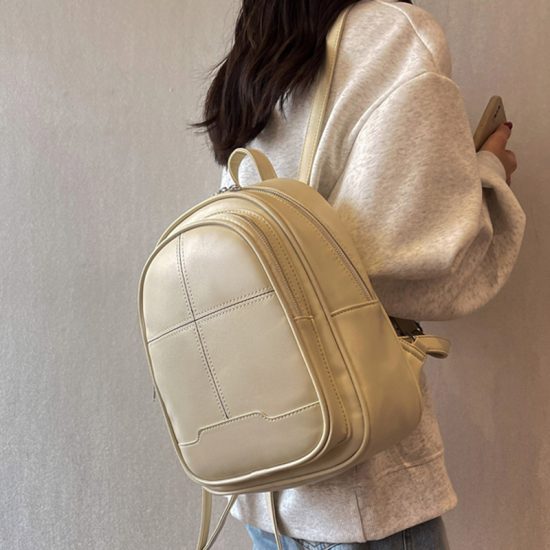School bags, an essential accessory for students, have come a long way from their humble beginnings as simple satchels. Over the years, they’ve evolved in both form and function to meet the changing needs of students. In this article, we’ll take a fascinating journey through the history of school bags, from traditional satchels to the modern tech-ready backpacks that students carry today.
1. The Classic Satchel Era:
The story of school bags begins with the classic satchel. In the 19th and early 20th centuries, students used leather satchels or cloth bags to carry their books and supplies. These satchels were often sturdy and plain, designed primarily for functionality rather than style. They had a simple strap to carry over the shoulder or across the chest.
2. The Backpack Revolution:
In the mid-20th century, the backpack made its debut. Originally popular among hikers and outdoor enthusiasts, backpacks quickly gained favor among students for their hands-free design and enhanced carrying capacity. They featured multiple compartments for better organization, and padded straps for added comfort.
3. The Introduction of Style:
As school bags became more than just functional tools, manufacturers started focusing on style and design. Bright colors, cartoon characters, and trendy patterns became prevalent, allowing students to express their personalities through their bags. This shift brought school bags into the realm of fashion accessories.
4. Tech-Ready Backpacks:
In recent years, school bags have adapted to the digital age. With the rise of laptops, tablets, and smartphones as essential learning tools, backpacks have integrated tech-friendly features. Tech-ready backpacks often include dedicated padded sleeves for electronic devices, built-in charging ports, and cable management systems. These bags reflect the increasing role of technology in education.
5. Ergonomics and Comfort:
Another significant evolution in school bags is the emphasis on ergonomics and comfort. Understanding the importance of protecting students’ health, manufacturers now design backpacks with padded back panels, contoured straps, and weight distribution systems. These features reduce the strain on students’ backs and shoulders, promoting better posture and overall well-being.
6. Sustainability and Eco-Friendliness:
In response to environmental concerns, some school bag manufacturers have embraced sustainability. They produce bags made from recycled materials, use eco-friendly manufacturing processes, and promote durability to reduce the need for frequent replacements. This shift reflects the growing awareness of eco-conscious consumers, including students and parents.
7. Personalization and Customization:
In the era of personalization, students have more options than ever to customize their school bags. Some companies offer personalization services, allowing students to choose colors, add their names, or even design their bags from scratch. This trend emphasizes individuality and uniqueness.
The evolution of school bags demonstrates how they’ve transcended their original purpose as simple book carriers. They’ve become a blend of style, functionality, and technology, adapting to the changing demands of students and the educational landscape. As we move forward, it’s exciting to anticipate how school bags will continue to evolve to meet the needs of future generations of learners. From satchels to tech-ready backpacks, these trusted companions have truly come a long way.


